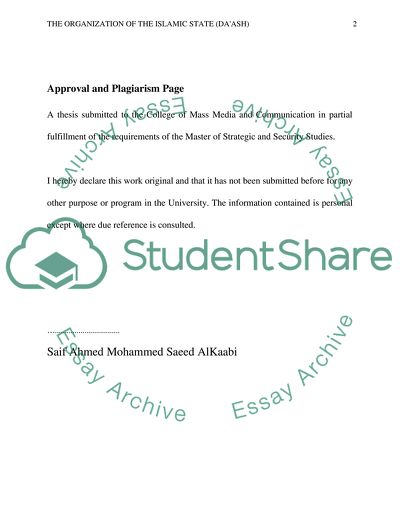Cite this document
(“The Organization of the Islamic State Essay Example | Topics and Well Written Essays - 4000 words”, n.d.)
The Organization of the Islamic State Essay Example | Topics and Well Written Essays - 4000 words. Retrieved from https://studentshare.org/social-science/1879011-the-organization-of-the-islamic-state
The Organization of the Islamic State Essay Example | Topics and Well Written Essays - 4000 words. Retrieved from https://studentshare.org/social-science/1879011-the-organization-of-the-islamic-state
(The Organization of the Islamic State Essay Example | Topics and Well Written Essays - 4000 Words)
The Organization of the Islamic State Essay Example | Topics and Well Written Essays - 4000 Words. https://studentshare.org/social-science/1879011-the-organization-of-the-islamic-state.
The Organization of the Islamic State Essay Example | Topics and Well Written Essays - 4000 Words. https://studentshare.org/social-science/1879011-the-organization-of-the-islamic-state.
“The Organization of the Islamic State Essay Example | Topics and Well Written Essays - 4000 Words”, n.d. https://studentshare.org/social-science/1879011-the-organization-of-the-islamic-state.


